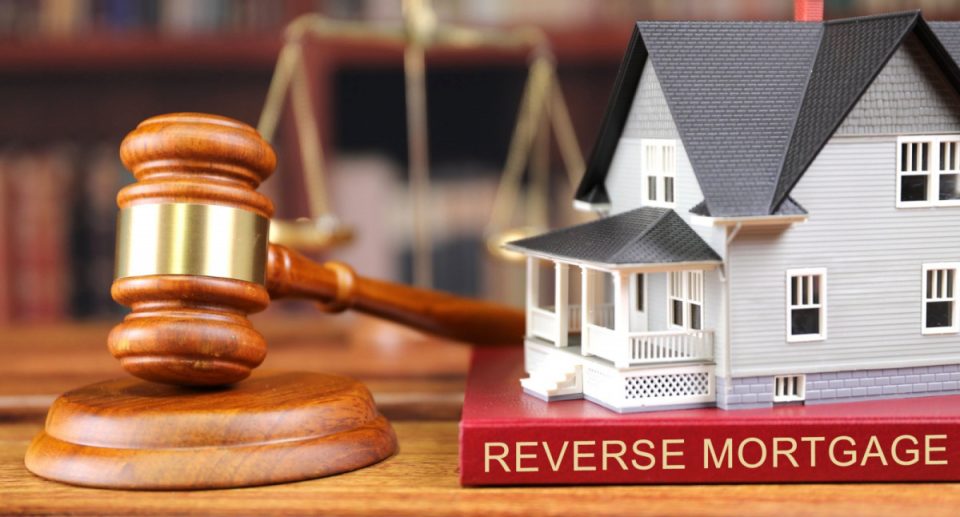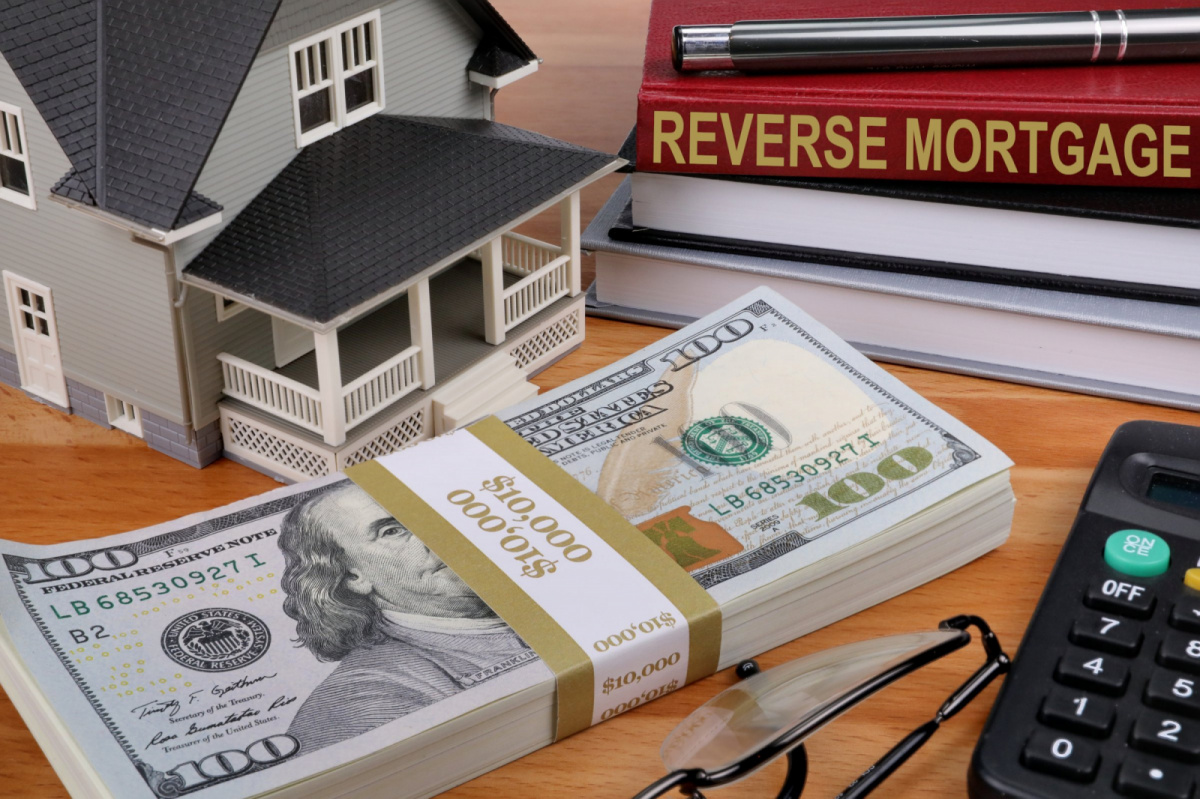Reverse Mortgage vs. Traditional Mortgage: Which is the Better Option for Buying a Home?
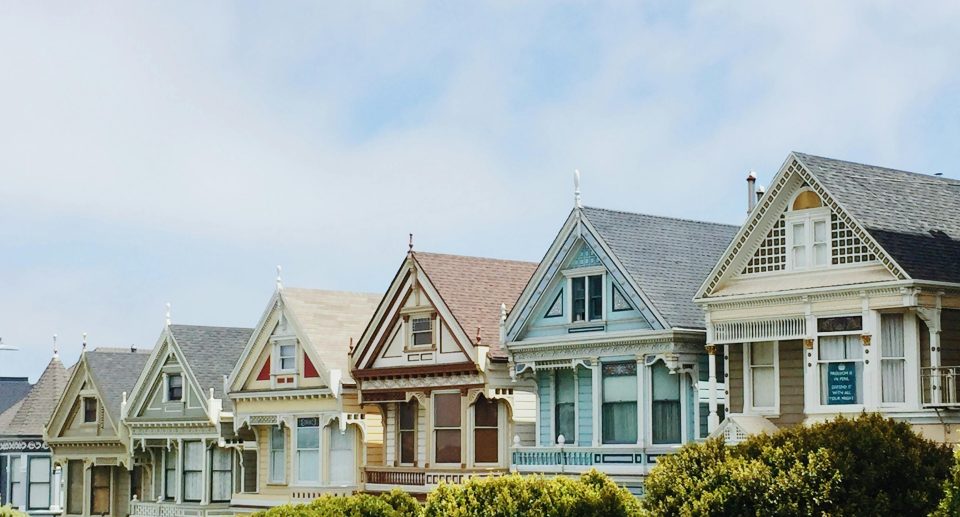
When considering how to finance the purchase of a home, buyers are often faced with the choice between a traditional mortgage and a reverse mortgage. Each option comes with its own set of advantages and disadvantages, making the decision largely dependent on the buyer’s financial situation, age, and long-term goals. This blog post will delve into the details of both options, helping you make an informed choice.
What is a Traditional Mortgage?
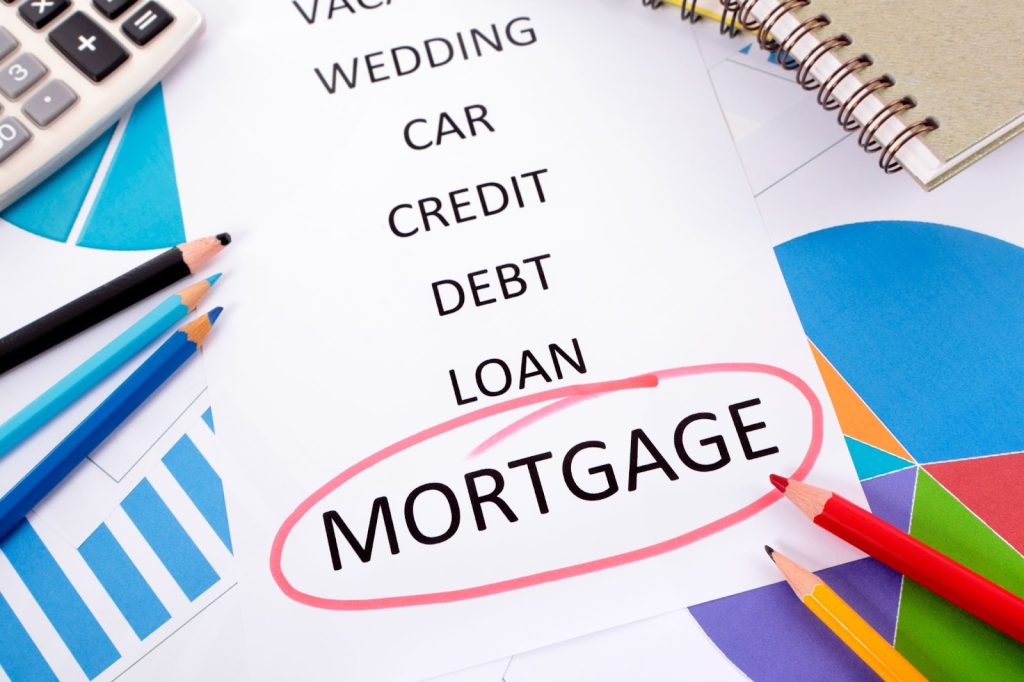
A traditional mortgage is a loan taken out by a homebuyer from a lender, typically a bank or a mortgage company, to purchase a home. The borrower agrees to pay back the loan amount, plus interest, over a specified period, usually 15 to 30 years. Monthly payments consist of both principal and interest and sometimes property taxes and homeowners insurance.
Pros of Traditional Mortgages:
- Builds Equity: As you make monthly payments, you gradually build equity in your home.
- Predictable Payments: Fixed-rate mortgages offer stable monthly payments, making budgeting easier.
- Tax Benefits: Interest paid on a mortgage is often tax-deductible.
- Flexible Terms: Mortgages offer various term lengths and interest rate options, allowing buyers to choose what best suits their financial situation.
Cons of Traditional Mortgages:
- Monthly Payments: Consistent monthly payments are required, which can be a financial burden, especially if income fluctuates.
- Down Payment Requirement: Traditional mortgages typically require a down payment, which can be a significant amount.
- Credit Score Dependence: A good credit score is essential to secure favorable terms and interest rates.
What is a Reverse Mortgage?
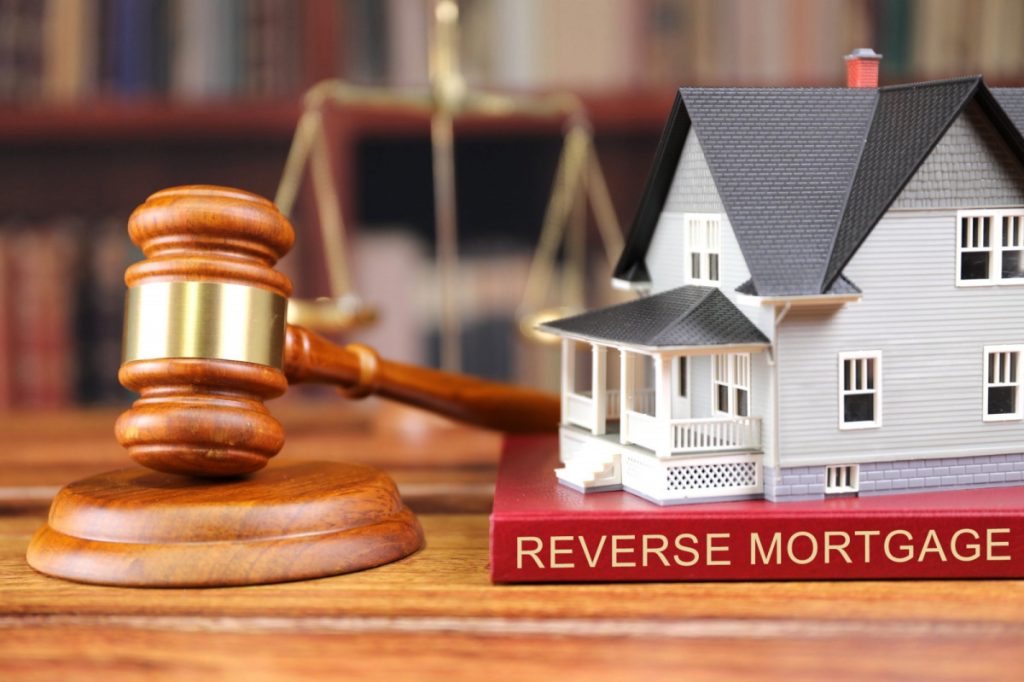
A reverse mortgage is a type of loan available to homeowners aged 62 and older. It allows them to convert part of the equity in their home into cash. Unlike a traditional mortgage, the homeowner does not make monthly payments to the lender. Instead, the loan is repaid when the homeowner sells the house, moves out permanently, or passes away.
Pros of Reverse Mortgages:
- No Monthly Payments: Homeowners do not have to make monthly mortgage payments.
- Access to Cash: Provides a source of income for retirees, supplementing other retirement funds.
- Stay in Your Home: Homeowners can remain in their home while accessing its equity.
- Non-Recourse Loan: When the loan is repaid, homeowners or heirs will never owe more than the home’s value.
Cons of Reverse Mortgages:
- Age Requirement: Only available to those aged 62 and older.
- Reduced Equity: The loan amount increases over time as interest accrues, reducing the equity available.
- Costs and Fees: Reverse mortgages come with higher upfront costs and fees compared to traditional mortgages.
- Impact on Heirs: Heirs may receive less inheritance due to the repayment of the loan.
Comparing Traditional and Reverse Mortgages

When deciding between a traditional mortgage and a reverse mortgage for buying a home, it’s essential to consider various factors:
1. Age and Financial Goals:
- Traditional Mortgage: Suitable for younger buyers who are looking to build equity and can afford monthly payments.
- Reverse Mortgage: Ideal for older homeowners who need additional income and wish to leverage their home’s equity without monthly payments.
2. Monthly Payment Requirements:
- Traditional Mortgage: Requires monthly payments, which can strain a fixed or limited income.
- Reverse Mortgage: No monthly payments are required, providing financial relief for retirees.
3. Loan Term and Interest Rates:
- Traditional Mortgage: Fixed and adjustable-rate options are available, with terms ranging from 15 to 30 years.
- Reverse Mortgage: Interest accrues over time, potentially increasing the loan balance significantly.
4. Equity and Home Ownership:
- Traditional Mortgage: Equity builds over time with each payment.
- Reverse Mortgage: Equity decreases over time as the loan balance increases.
5. Costs and Fees:
- Traditional Mortgage: Closing costs, appraisal fees, and ongoing property taxes and insurance.
- Reverse Mortgage: Higher upfront costs, mortgage insurance premiums, and servicing fees.
6. Impact on Heirs:
- Traditional Mortgage: Heirs inherit the home with its remaining equity.
- Reverse Mortgage: Heirs may need to sell the home to repay the loan, potentially reducing the inheritance.
Which Option Is Better for You?

Choosing between a traditional mortgage and a reverse mortgage depends on your circumstances and long-term goals. Here are a few scenarios to help guide your decision:
- If You’re Young and Building Equity: A traditional mortgage is likely the better option. It allows you to build equity over time and take advantage of potential tax benefits.
- If You’re Retired and Need Additional Income: A reverse mortgage could be more suitable, providing you with a steady source of income without the burden of monthly payments.
- If You Have Heirs to Consider: A traditional mortgage may leave more equity for your heirs, whereas a reverse mortgage might reduce the amount they inherit.
Final Thoughts
Both traditional and reverse mortgages offer unique benefits and drawbacks. Understanding these differences is crucial to making the best decision for your financial future. A traditional mortgage is generally more suitable for younger buyers looking to build equity and maintain financial flexibility. In contrast, a reverse mortgage can be a valuable tool for older homeowners seeking to supplement their retirement income without the burden of monthly payments. Always consider your financial situation and goals, and consult with a financial advisor to make the most informed decision.

